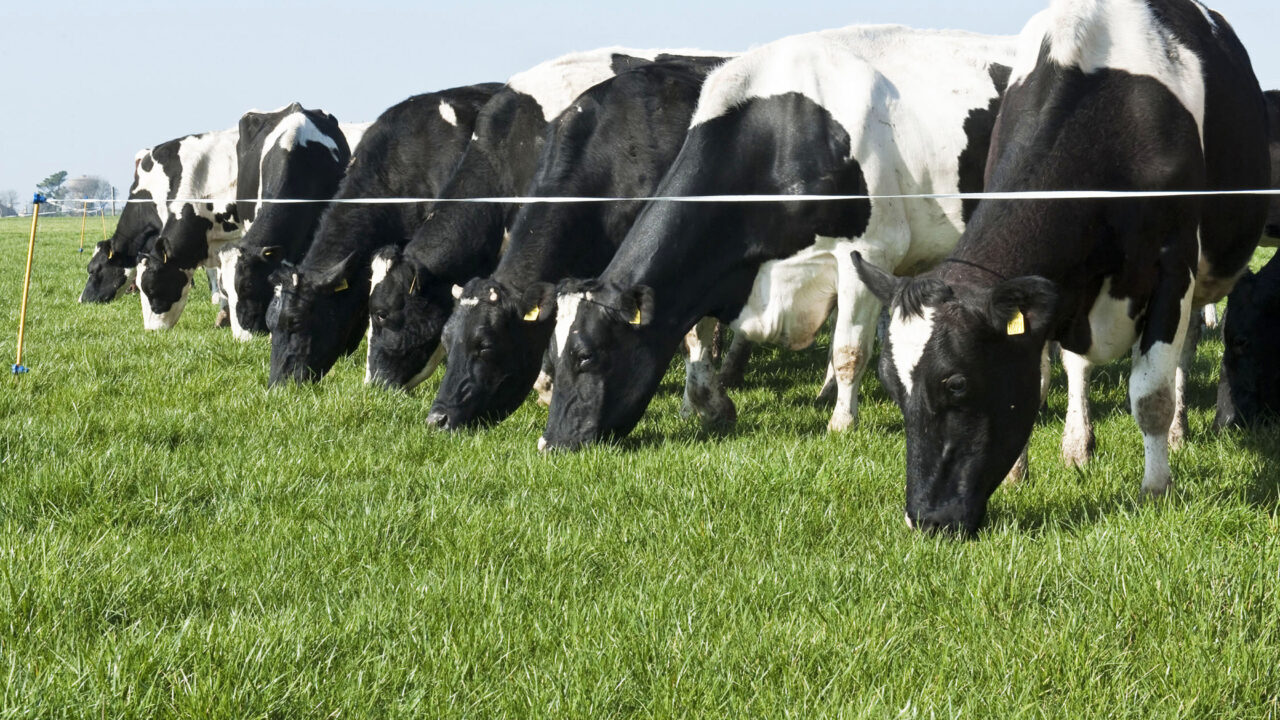Breeding programmes for grass-based milk production systems started on many farms this week in Munster. Many farmers want to hold off their start date as there is a high probability of a superlevy in this final year of the quota regimen.
However, many farmers cannot resist the temptation to start their breeding programme when we visit to conduct the prescan of their herd. It is very hard to resist the ScanMan technology listing cows eligible for AI over the next four days. The ScanMan also provides lists of cows which are due to come in heat in the next two weeks and those cows expected back in heat in the third week after the prescan.
Cows are fitter this year after the spring calving season. Milk price, reserves of good quality silage and morale are playing in favour of a healthier cow at the onset of the breeding programme. It is essential not to become complacent about dietary supplementation with concentrates as grazed grass availability increases. It is essential that cows do not loose BCS as the breeding season begins. As herd size increases, cows have to walk further to access grazed grass, which places an increased energy demand and locomotion score impairment.
We conducted a prebreed scan on one 150-cow Jersey cross Holstein herd to identify those cows fit for the use of sexed semen. This farmer had to pay a customer to take away the Jersey cross bull calves. He hopes to generate sufficient female calves by using sexed semen in both fit cows and heifers identified by ScanMan. He is starting his breeding programme 10 days earlier than previous years to accommodate the expected lower pregnancy rate.
Having scanned this herd, I had to complement the herd owner on the excellent BCS and locomotion score of his herd. These cows were primarily first cross off a pedigree Holstein herd. They had a frame size which was not typical of the standard Jersey Cross Friesian. These cows are currently being fed 6kg of ration with full-time access to grass.
Teagasc currently recommends no more than 300kg of ration to cows on grass based milk production systems. The focus is still based on how cheap we can produce milk, whereas profits will follow the maintenance of a fit cow. We cannot afford to lose sight of the fact that many farms are fragmented in Ireland with a limit to one size of the grazing platform.
Farm visits on the Dingle peninsula this week reiterated this finding where farm fragmentation has limited dairy herd size to range between 30 and 60 cows in 90% of cases. These farmers fear that they will not be able to survive in the post quota regimen as the larger grazing platforms are established in the midlands and other parts of Munster.
Dr. Dan Ryan is a cow fertility expert and can be contacted at www.cowsDNA.com
